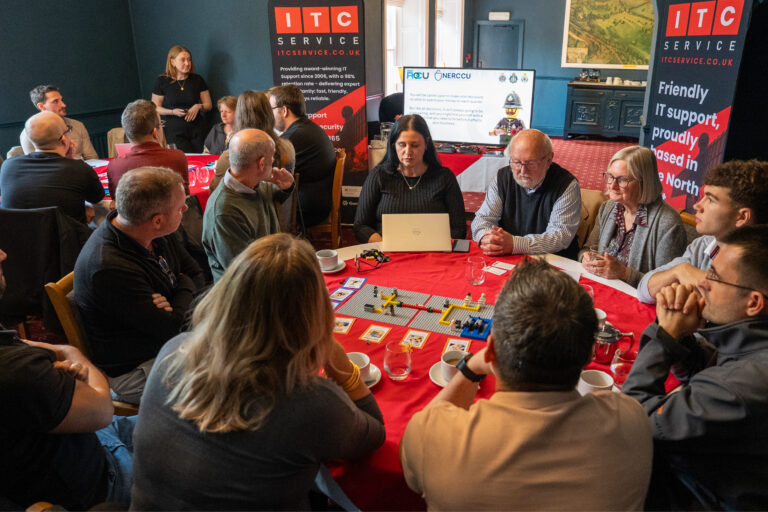Hacking is the act of accessing or manipulating a computer system without the owner’s permission. Hackers may do this for various reasons, such as to steal sensitive information, to cause damage, or to test the security of a system. In order to successfully hack into a software, there are certain steps that hackers may take.
- Reconnaissance: The first step in hacking is to gather as much information as possible about the target system. This may include identifying the software and hardware used, as well as any known vulnerabilities or weaknesses. Hackers may use various tools and techniques to gather this information, such as port scanning and web scraping.
- Exploitation: Once a vulnerability has been identified, the hacker will attempt to exploit it in order to gain access to the system. This may involve crafting and sending a malicious payload or input that takes advantage of the vulnerability.
- Access: Once the hacker has exploited a vulnerability, they may gain access to the system. This may allow them to execute commands, read or modify data, or perform other actions.
- Maintaining access: Once the hacker has gained access to the system, they may want to maintain that access for future use. This may involve installing a backdoor or creating a user account with high privileges.
- Covering tracks: In order to avoid detection, the hacker may try to cover their tracks by deleting log files or modifying system logs to hide their actions.
It’s important to note that not all hackers follow the same steps or use the same methods. Some may skip certain steps, while others may use more advanced techniques. However, these are generally the steps that hackers may take in order to subvert software and gain unauthorized access to a system.
“60 percent of small companies go out of business within six months of falling victim to a data breach or cyber-attack”. this is a worrying figure that only goes to prove that your cyber security should be a top priority.

How we can help
We can help defend against hackers in several ways:
- Regular security assessments: We can perform regular security assessments of a company’s systems to identify vulnerabilities and weaknesses that hackers may try to exploit. This can help to ensure that any potential vulnerabilities are identified and addressed before they can be exploited. Our security scoring service gives businesses a clear understanding of their current state in cyber security and their best development path
- Patch management: We can help to ensure that all software and systems are kept up to date with the latest security patches. This is important because hackers often try to exploit known vulnerabilities that have already been fixed in newer versions of software.
- Security monitoring: We can monitor a company’s systems for unusual activity or potential security threats. This can help to identify and respond to potential hacking attempts in real-time.
- Network security: We can help to secure a company’s network by implementing measures such as firewalls and intrusion detection systems. These tools can help to prevent unauthorized access to a company’s systems and alert administrators to potential threats.
- User education: We can provide training and education to a company’s employees on how to identify and prevent potential security threats. This can include topics such as creating strong passwords, recognizing phishing attacks, and avoiding risky online behaviour.
ITC Service can provide a range of services to help defend against hackers and protect a company’s systems from potential security threats. By working with us, companies can ensure that their systems are properly secured and that they have the support and expertise needed to respond to potential threats.








